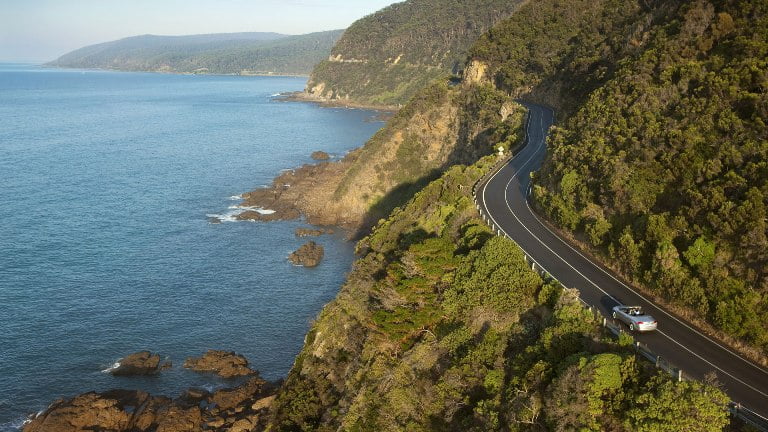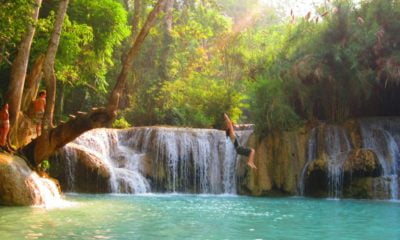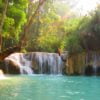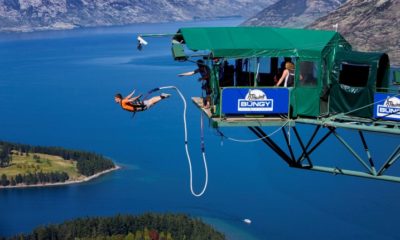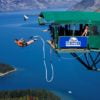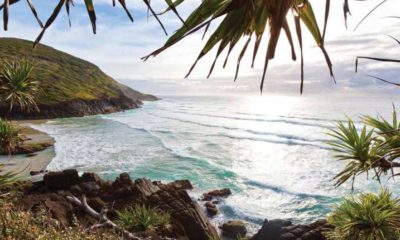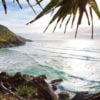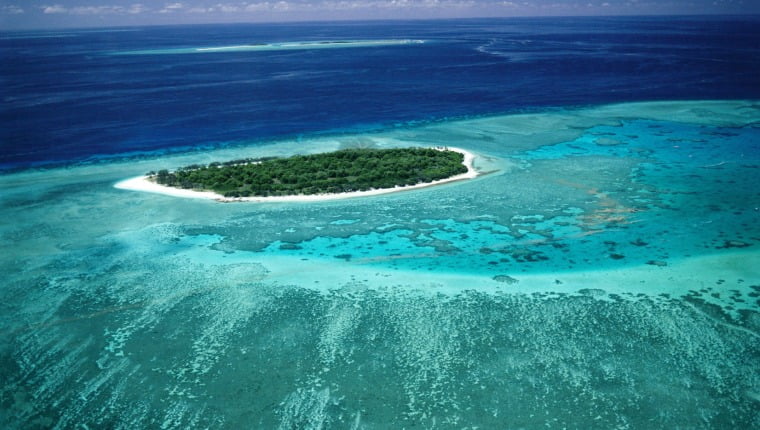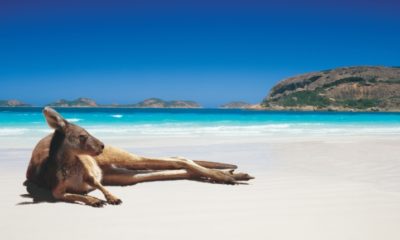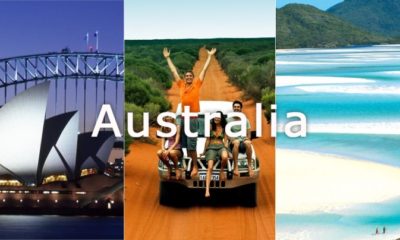Australia
How Dangerous Are The Animals In Australia?
One of my favourite things about Australia is the wildlife, but for many others it can be an off putting factor. This article aims to reassure those people and help dispel the myth that all Australian wildlife is out to kill you.
One of my favourite things about Australia is the wildlife, but for many others the critters can be an off putting factor. This article aims to reassure those people and help dispel the myth that all Australian animals are dangerous and out to kill you.
Some Reassuring Facts
Unless you are deliberately seeking them out, you are very unlikely to see any dangerous animals in Australia, let alone come into contact with them, as hopefully these stats prove:
On average only around 3 people die each year from wild animal related incidents in Australia compared with about:
• 5 people who die in Britain in cow related incidents each year;
• 8 people who die in Australia in horse related accidents each year;
• 13 people who die global each year in vending machine related incidents;
• 58 people who die in Australia from falling out of bed every year;
• 285 people who drown in Australia each year;
• 715 people who die from slipping, tripping or tumbling in Australia per year;
• 1,500 people who die in Australia per year in road accidents.
Therefore you should be much more concerned about wearing your seatbelt and swimming between the flags, than snakes and spiders during your trip to Australia. The trouble is the media love to tell a story about a shark attack, as it sells newspapers – reporting 3 stories every day of someone tripping over and dying, isn’t seen as quite so compelling news.
Reassured yet? If you are check out 26 Things To Do On Your Trip To Australia, otherwise keep reading on.
General (Common Sense) Advice
The best advice is to heed warning signs and to seek information from locals if you are concerned. If there is a sign that warns “Crocodiles inhabit these waters”, do not swim there! If a local advises you not to, or says they would never do something, then listen, and again do not do it! Secondly, if you see a dangerous animal, keep your distance, do not approach it and certainly do not try to handle it.
The Most Feared Australian Wildlife
Snakes
 An Eastern Brown Snake – statistically the most likely Australian snake to kill you.
An Eastern Brown Snake – statistically the most likely Australian snake to kill you.
Snakes are very uncommon to see and you will never come across one in a big city centre like Sydney or Melbourne.
Like most of the animals in Australia, they fear humans. Snakes can feel the vibrations in the ground when people approach and their first instinct is to slither off as fast as they can out of harm’s way.
I can assure you that no snake is out to get you; they do not hide in the bushes waiting to attack.
The only time they bite is in self defense, and with humans that is either when an idiot picks them up, or when someone accidentally stands on them. You can easily avoid standing on them by not walking through long grass and by making as much noise as possible while walking to scare them away. Never walk through tall grass with flip flops on – most snakes’ fangs won’t be able to penetrate leather shoes as well as your skin. Another golden rule to avoid snake bites when in the bush is not to put your hands anywhere you can’t see them, i.e. in a hollow tree trunk.
Not all snakes are venomous and a lot of bites from venomous snakes are dry (meaning no venom is injected). In the very rare case that you are bitten, anti-venom is widely available and highly effective if you receive it quickly (within a few hours of the bite). If you are bitten by a venomous snake, place a firm (not tight) bandage around the wound and immobilize the limb, then seek medical attention urgently.
DO NOT wash the venom off, as it is used to identify the type of snake – in order to provide the correct anti-venom.
Spiders
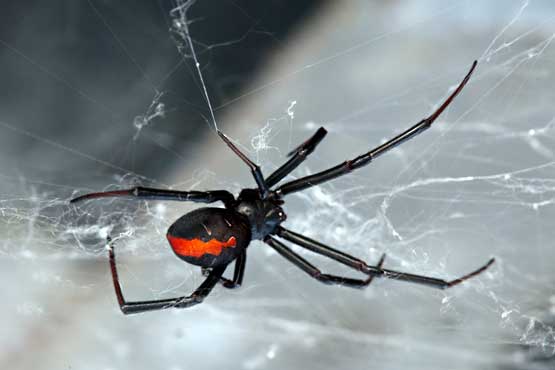 A Redback Spider.
A Redback Spider.
In total I have spent over 14 months in Australia and I have never seen a Redback or a Funnel Web spider (the only two deadly spiders in the country).
You probably won’t encounter a Funnel Web either, but you may possibly see a Redback and some other big, but non deadly, spiders like the Huntsman. Obviously as you are well over a 1000 times their size, spiders are very scared of you and will only bite in defence.
A common way to be bitten is when putting on your shoes, so locally recommended advice is not to leave your shoes outside in the rare case something crawls in, and check them before putting them on.
However like spiders you find at home, they spend most of their time standing still in their web, so are of very little threat, even if you sleep in the same room as one.
Bites from spiders are incredibly rare, and fatal bites are rarer still.
There have been no recorded deaths from spiders since anti-venom was introduced in the 1970’s.
What about now – reassured? You don’t want to miss all these Top Places To Visit In Australia because of few critters do you?
Sharks
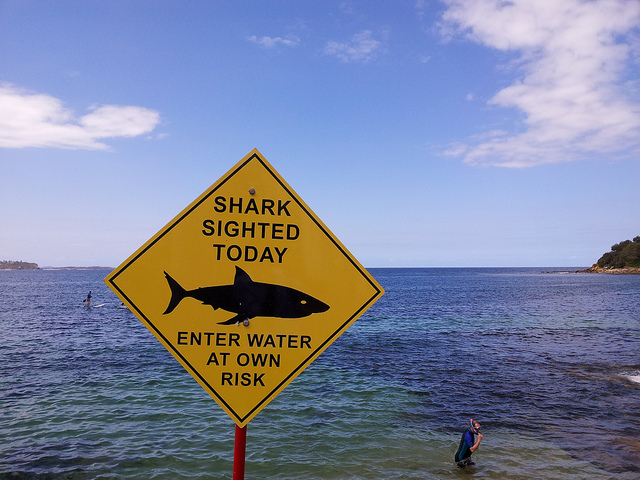 Patrols and warnings are common at popular beaches.
Patrols and warnings are common at popular beaches.
Despite what you may hear shark attacks are not common in Australia.
Sharks do not actively hunt humans, they would much rather eat seals or fish. The vast majority of attacks are on surfers, where sharks have mistaken them for seals.
The only reason why shark attacks seem more common in Australia is because so many more people use the ocean on a daily basis compared to other countries, but in reality you have the same chance of being killed by a shark (one in 3,700,000), as you do swimming in any other sea or ocean in the world.
Most popular beaches in Australia have shark nets, preventing sharks from getting into the shallows. Additionally the water at most beaches is so clear you would probably be able to see a shark before getting in.
If you are worried about sharks, stick to popular patrolled beaches – lifeguards perform regular checks on jet skis, and at really popular beaches by helicopter, to make sure there are no sharks in the area. Sharks stay away from crowded beaches, as you can imagine, seeing an army of people in the water is quite scary to them. Humans, quite disgustingly, kill 100 million sharks a year, so they are much more scared of us than we should be of them.
Crocodiles
 If you want to see crocodiles in the wild safely, go on a crocodile cruise on the Adelaide River, near Darwin (above).
If you want to see crocodiles in the wild safely, go on a crocodile cruise on the Adelaide River, near Darwin (above).
A saltwater crocodile is the only animal in Australia that is actively looking to kill you, they will eat anything that moves and hunt on instinct, but attacks are still very rare.
Saltwater crocodiles only inhabit the Northern coastline of Australia, so you don’t have to worry about them when walking along a river bank in Sydney.
The largest populations are in the Northern Territory and North-West Queensland – although present you are less likely to see them along the East coast of Queensland. You don’t have to even think about bumping into a crocodile if you are further south of Rockhampton or Broome, nor if you are a considerable distance inland. Freshwater crocodiles are not a serious danger to humans and inhabit a similar, but larger inland range.
Saltwater Crocodile Range
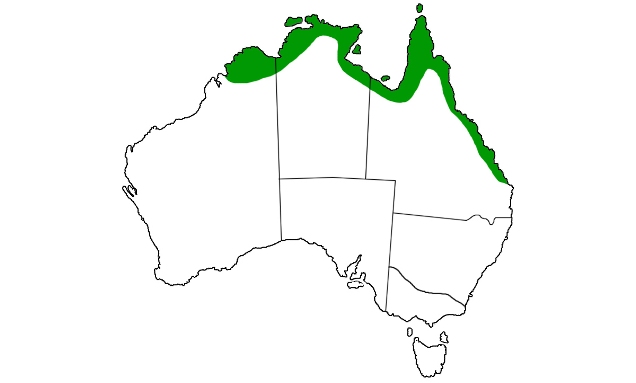
The only two popular backpacker destinations where you may come in to contact with them are the areas around Darwin, such as Kakadu and Litchfield National Parks and Northern Queensland, including Cairns. Warning signs are well placed, but along the Northern coastlines you should never walk too close to the water’s edge. Although called saltwater crocodiles, they mainly inhabit inland rivers, close to deltas – they use the ocean to find new rivers to enter.
Crocodiles mainly hunt underwater, waiting by the water’s edge for an animal to come by for a drink. You are typically safe on dry land (if away from the water’s edge), as crocodiles are usually sunbathing to warm up their blood and are not in hunting mode, but of course if you see one on land keep your distance, as they can run surprisingly fast and mother’s are highly protective when on their nest.
To sum up, if in crocodile country stay clear of the water’s edge, and look out for warning signs and heed local advice before going swimming.
Marine Stingers
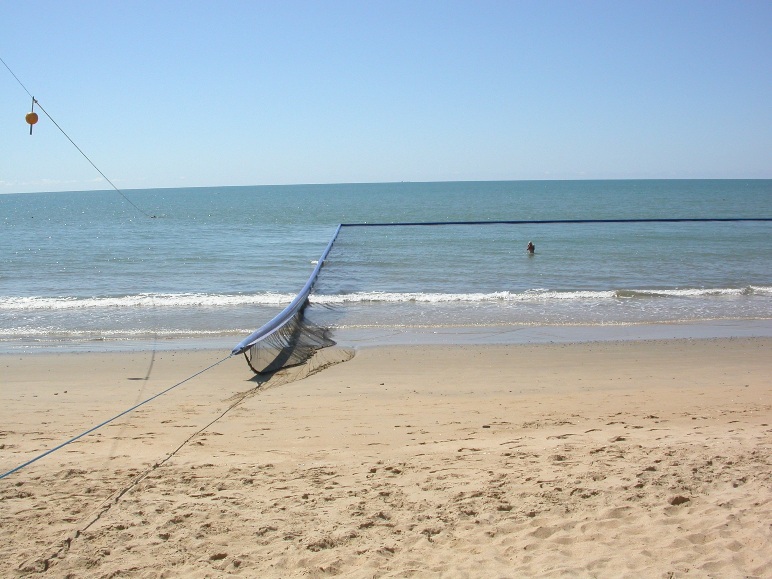 A stinger enclosure net.
A stinger enclosure net.
Marine creatures like the Blue Ringed Octopus, Stonefish, and Cone Snail have only killed a handful of people in recorded history. Stingrays have only killed two people ever in Australia, and unfortunately one of them was Steve Irwin. This has given them a very unfair reputation. They are very gentle creatures and are great to dive and snorkel with.
Box jellyfish and the Irukandji jellyfish have killed around 60 people in Australia in recorded history, but improved understanding means there are rarely any fatal stings these days. These jellyfish only inhabit tropical waters along the coast between Gladstone and Broome (a similar range to crocodiles (above)). So you will never encounter one swimming in Sydney or Byron Bay for example. Diving in the outer Barrier Reef is also safe, because they mainly stay close to the coastline, and their stingers cannot penetrate wetsuits.
Stinger (Jellyfish) season is November to May so locals steer clear of swimming in the ocean at this time of year, unless wearing a stinger suit or on a beach with a stinger enclosure net. Most beaches have warning signs advising not to swim if jellyfish are present.
Have I convinced you the sea is safe now? It would be a shame if you couldn’t enjoy all the Beautiful Beaches in Australia.
Bugs and Insects
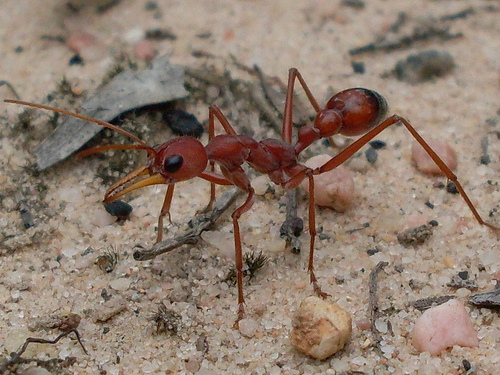 A jack jumper ant, similar to the one that stung me.
A jack jumper ant, similar to the one that stung me.
So far the Australian animals on this list have had a reoccurring notion; “you are unlikely to come in to contact with them”. However if you are entomophobic (have a fear of insects), then Australia may not be for you. There are numerous biting and stinging insects in Australia. I was bitten and stung by a jack jumper ant as walked past a bush; it was about as painful as a bee sting. To be fair I was unlucky. Stings are about as common as wasp stings are in Europe, so you are unlikely to be stung.
Nevertheless even the harmless bugs are supersized and come in huge swarms. Every year literally billions of moths hatch in about a 2 week period and gather around city lights.
As mentioned the sting I received wasn’t dangerous, just mildly painful. In rare cases people can suffer a severe anaphylactic reaction (just like with European Honey Bees), which can be fatal if untreated. If you experience any abnormal symptoms, like difficulty breathing, after being stung dial 000.
The best advice is to use insect repellent before going out in the bush and to take a pocket first aid kit with you that contains bite/sting relief spray.
Other Animals People May Fear
Boomers (Male Kangaroos)
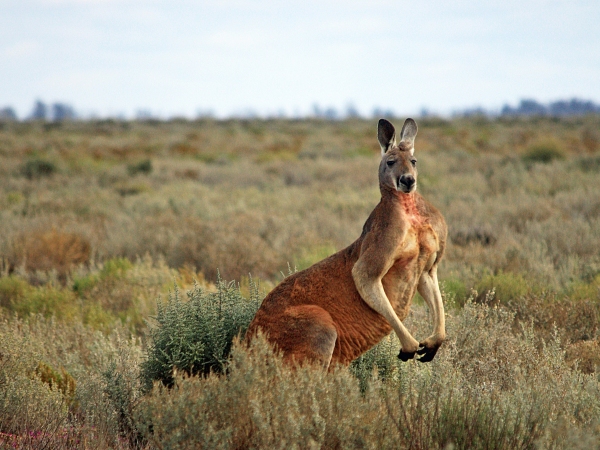 A very big boy.
A very big boy.
Kangaroos are very timid and usually hop away if you approach them. However don’t get in the way of a testosterone filled dominate male, as a kick from one can break bones. Kangaroos are actually most dangerous as a driving hazard, so be careful when driving at dusk or dawn as they are very active at these times.
Cassowaries
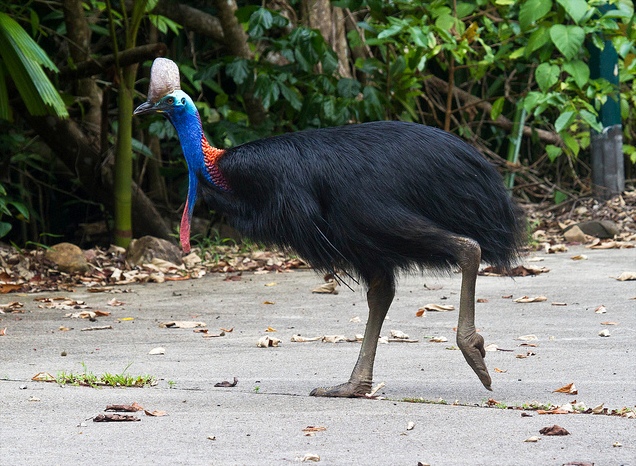 Cassowary
Cassowary
These Jurassic birds are very rare. If you see one you should count yourself very lucky, as there are only around 1,300 left in the wild. They are considered the most dangerous birds on the planet. They have a large dagger like toe on the end of a powerful kick. Attacks though are very uncommon. If you want to see them, the best place to visit is Mission Beach in Queensland.
The Australian Magpie
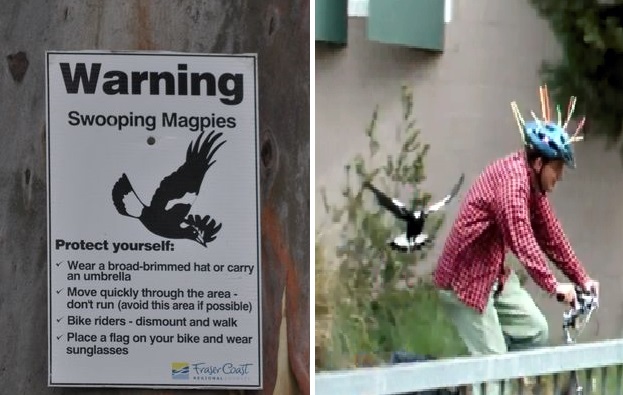 Warning sign and cyclist getting bombed.
Warning sign and cyclist getting bombed.
As well as some other native birds, magpies get very territorial in spring when raising their young. If you walk under or near their nest, like I have done on two separate occasions, they will dive bomb you from the sky. They rarely make contact and it is more of a threat to stay away. They mainly attack cyclists. You will see riders with cable ties attached to their helmets to prevent the birds getting too close (above).
Bats
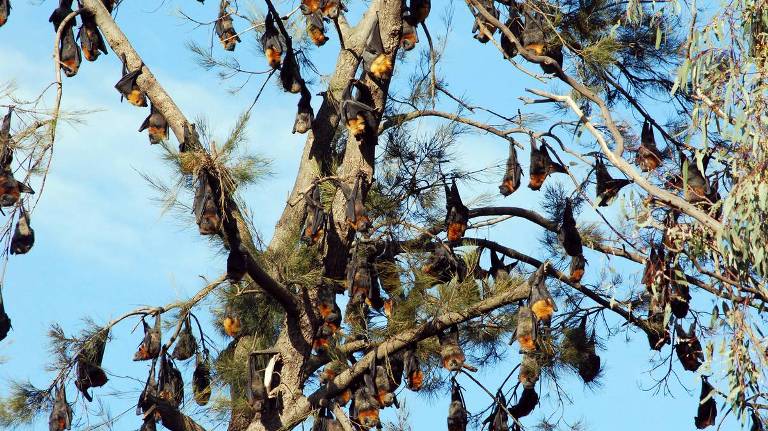 Flying Fox roosts are an amazing sight.
Flying Fox roosts are an amazing sight.
Bats themselves are harmless, but they may carry a potentially fatal virus similar to rabies. This is only contracted by an infected bat’s saliva entering a person’s blood stream, i.e. through a bite. Considering all bats in Australia are fruit or insect eating, people being bitten is almost unheard of. Plus, less than 1% of bats in Australia are thought to carry the virus. Never approach an injured bat, as it may bite in self defence, call an animal rescue centre instead.
Wombats
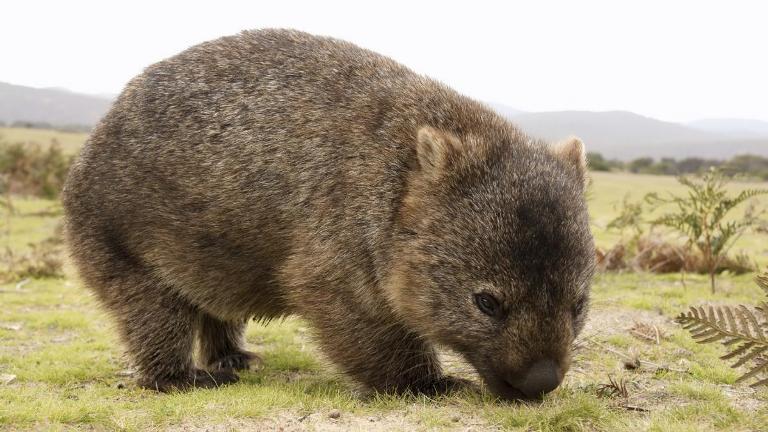 A ball of muscle.
A ball of muscle.
Wombat attacks are highly unusual. However they are like mini tanks with sharp claws and can become aggressive if you get too close.
Dingoes
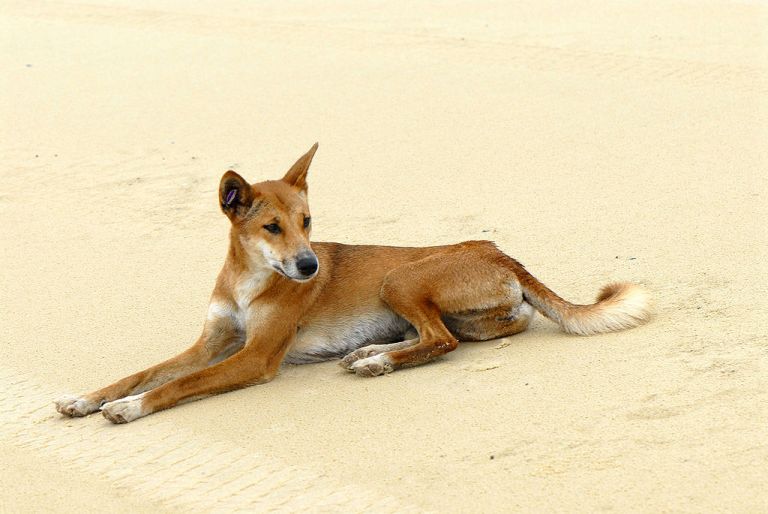 Sightings of Australia’s wild dog are a common on Fraser Island.
Sightings of Australia’s wild dog are a common on Fraser Island.
Dingoes try to keep away from humans and they are no more dangerous than a fox. Avoid approaching them though, and don’t attract them by leaving scraps of food around camp sites.
Lizards
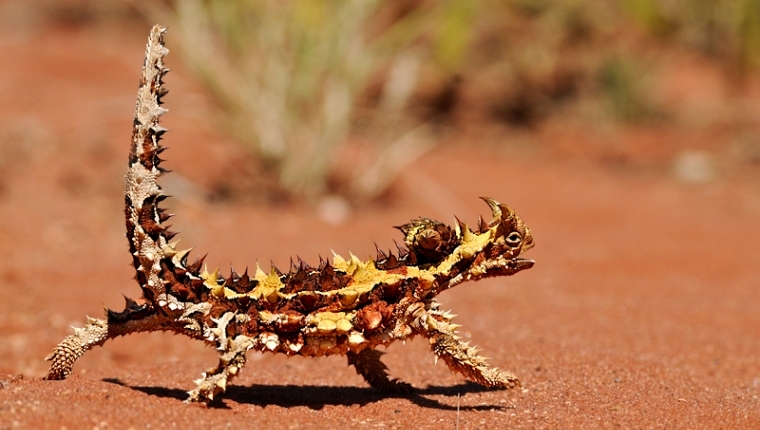 I was lucky enough to see one of these, a Thorny Devil. The thorns are a harmless bravado, warning birds not to eat them.
I was lucky enough to see one of these, a Thorny Devil. The thorns are a harmless bravado, warning birds not to eat them.
There are no poisonous lizards in Australia. They are not typically considered dangerous, and most run like the wind if you get too close. There are some big monitor lizards called goannas, but just give them a wide berth.
Dropbears
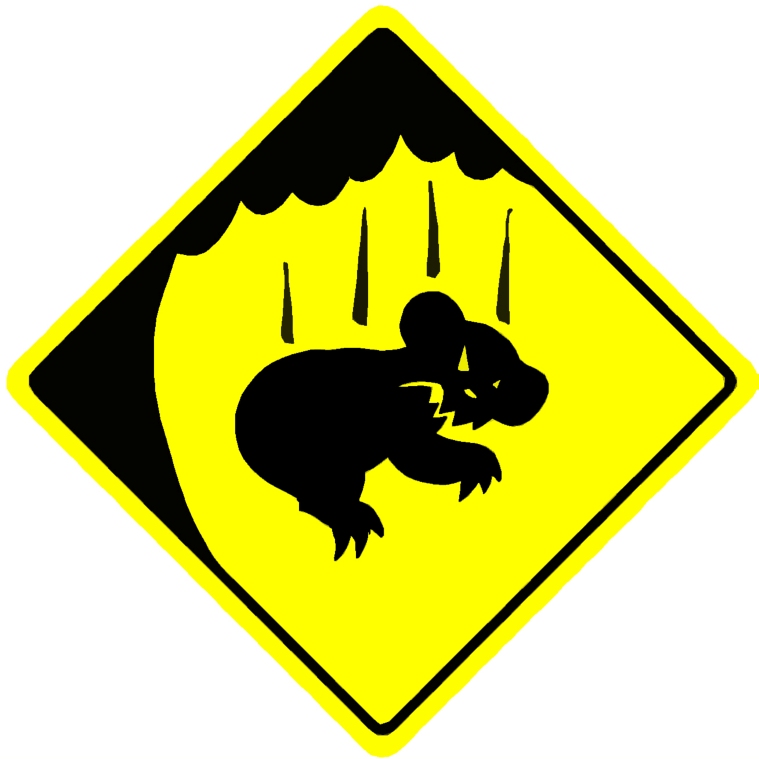
Dropbear warning sign.
Dropbears are mutants of koala bears that drop down from trees and devour unsuspecting victims…just kidding. Koalas are the least harmful animals around. If you are lucky enough to see one in the wild it will probably be asleep. When awake they move around like little stoned teddy bears.
Their cuteness is said to cancel out the fear factor of all the dangerous animals in Australia.
 How can anyone not love koalas?
How can anyone not love koalas?
So hopefully I have convinced you that Australia is safe to travel to now? If so, get planning your trip down under!


